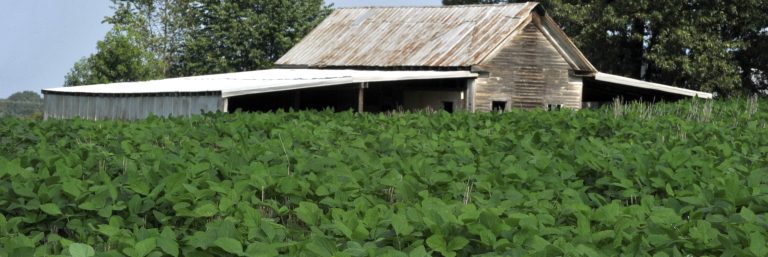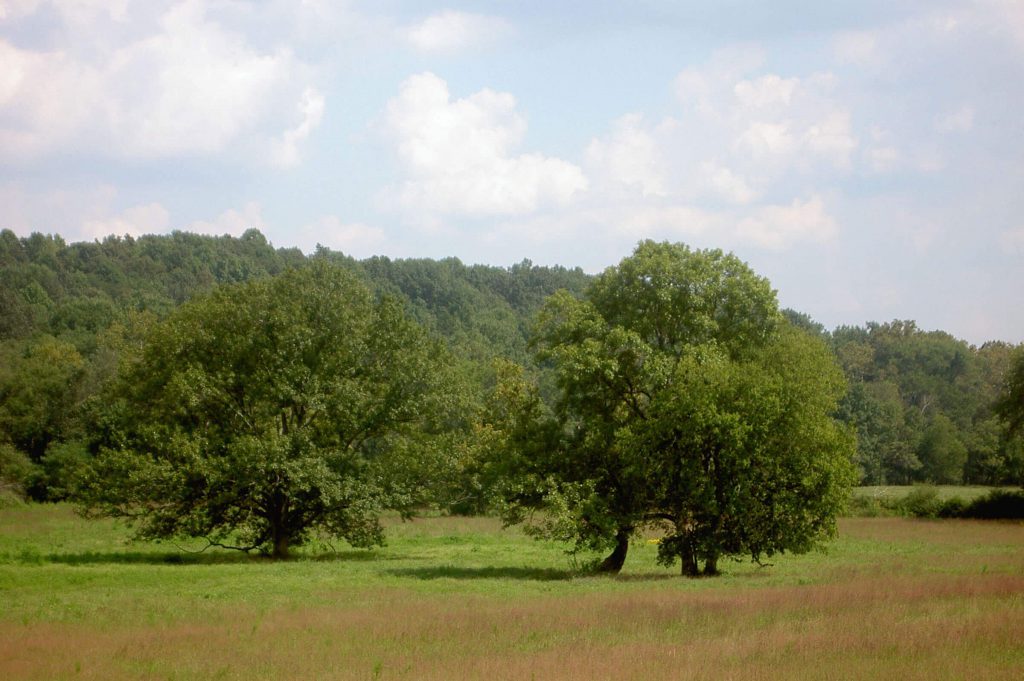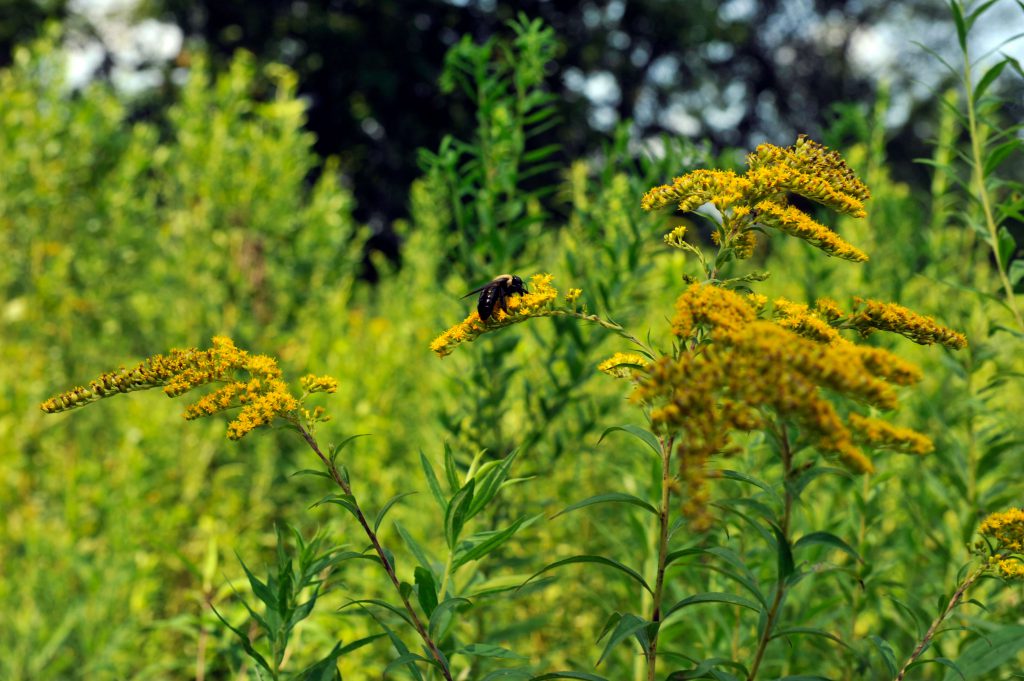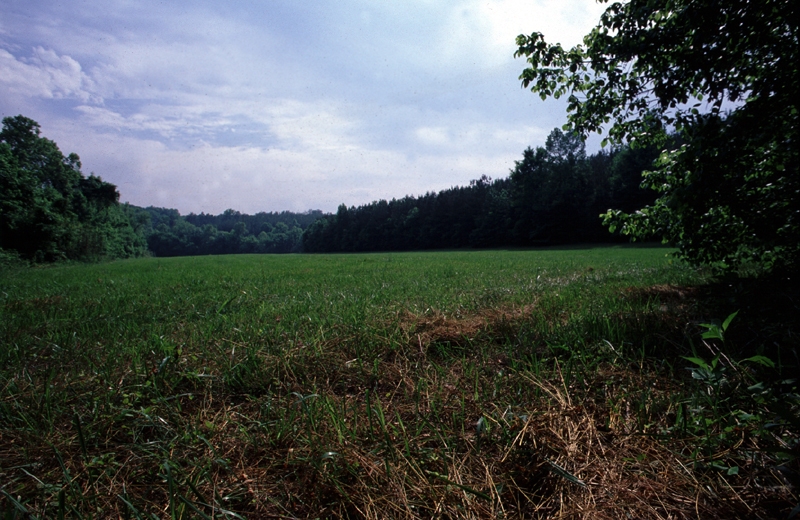How We Conserve
It’s the landowners, their love of the land and their commitment to wise stewardship that provides the spark to ignite our efforts. Their dedication and perseverance enables us to see each project through to completion.
CLC strives to assist landowners in achieving their personal vision for the future of their land. We listen carefully to their desires and plans for their land and take time to learn about its unique character.
CLC goal with each and every landowner is to build a strong, interactive partnership focusing on the perpetual protection of the land. We believe that kind of relationship is absolutely essential to achieving long-lasting and truly meaningful conservation. In order to achieve these goals, CLC permanently conserves land in the following ways:

 The most powerful tool CLC utilizes to preserve wildlife habitat, protect water quality, working farms and scenic lands is a voluntary land preservation agreement, called a conservation easement. A conservation easement is a legally binding agreement between a landowner and a qualified conservation organization, such as CLC, that runs with the land perpetually and must serve a qualified “conservation purpose” providing a significant public benefit recognized by various conservation agencies and other entities.
The most powerful tool CLC utilizes to preserve wildlife habitat, protect water quality, working farms and scenic lands is a voluntary land preservation agreement, called a conservation easement. A conservation easement is a legally binding agreement between a landowner and a qualified conservation organization, such as CLC, that runs with the land perpetually and must serve a qualified “conservation purpose” providing a significant public benefit recognized by various conservation agencies and other entities.
Conservation easements outline specific land-use restrictions in order to preserve conservation values, while allowing landowners to retain private ownership of the land.
While the land trust holds the easement and has limited rights to inspect the property for compliance, the landowner continues to own the property and may manage it in any way that does not damage the areas or values protected by the conservation easement.
The landowner maintains the right to use the property for all purposes allowed under local zoning ordinances so long as those uses are consistent with the conservation easement restrictions. The property may be sold, leased, mortgaged and bequeathed just as with any other property, but it will always be subject to the conservation easement.
Conservation easements offer an option to landowners who do not wish to sell or develop their land. Generous income and estate tax benefits are available to donors of qualified conservation easements. Also review our most recent guide for landowner tax incentives.
While each easement is customized, a generalized step-by-step guide for landowners who wish to donate a conservation easement to CLC is available. View CLC’s model conservation easement.
Learn more about our commitment to steward conserved properties in perpetuity through our stewardship efforts.
 An outright donation of land may appeal to landowners who wish to see their land conserved, but no longer have a use for the land, have no heirs or wish to reduce their property and estate taxes. All rights to the land are donated to CLC. The donor may benefit from an income tax deduction for the full appraised value of the land and reduced estate taxes.
An outright donation of land may appeal to landowners who wish to see their land conserved, but no longer have a use for the land, have no heirs or wish to reduce their property and estate taxes. All rights to the land are donated to CLC. The donor may benefit from an income tax deduction for the full appraised value of the land and reduced estate taxes.
 If a landowner does not desire to donate property outright, it is possible to conduct a bargain sale of the property whereby the landowner chooses to sell the property to CLC at a price below the fair market value. When the land is sold at less than the appraised market value, the discount is considered a tax-deductible charitable donation. The bargain gift must be recorded by a qualified appraiser for the landowner to receive a tax deduction.
If a landowner does not desire to donate property outright, it is possible to conduct a bargain sale of the property whereby the landowner chooses to sell the property to CLC at a price below the fair market value. When the land is sold at less than the appraised market value, the discount is considered a tax-deductible charitable donation. The bargain gift must be recorded by a qualified appraiser for the landowner to receive a tax deduction.
Landowners who conserve their property often are able to take advantage of tax benefits including a federal income tax deduction, a reduction in estate taxes or potential property tax alleviation.
 Preserves are owned and managed by CLC. These are usually undeveloped important natural areas that are being permanently protected to safeguard valuable wildlife habitat, water quality, farmland or regionally significant geological areas. Because of the rich and important ecological features of these areas, public access is either restricted or limited. Preserves that have public access include trail segments that are part of the Carolina Thread Trail.
Preserves are owned and managed by CLC. These are usually undeveloped important natural areas that are being permanently protected to safeguard valuable wildlife habitat, water quality, farmland or regionally significant geological areas. Because of the rich and important ecological features of these areas, public access is either restricted or limited. Preserves that have public access include trail segments that are part of the Carolina Thread Trail.
